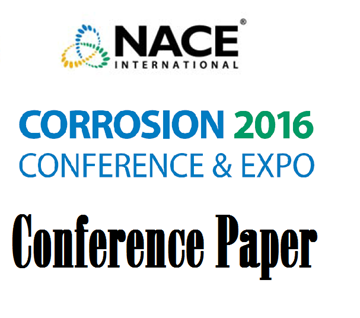Search
51316-7431-Corrosion Abatement in Acid Pickling Industries by Effective N-Heterocyclic Compo
Also Purchased
51316-7426-Erosion-Corrosion of Low Carbon Steel Inhibition in Oil-Brine-Sand Flow
Product Number:
51316-7426-SG
ISBN:
7426 2016 CP
Publication Date:
2016
$20.00
51316-7425-Development of Corrosion Resistant Steel for Coal Carrier Cargo Hold
Product Number:
51316-7425-SG
ISBN:
7425 2016 CP
Publication Date:
2016
$20.00
51316-7422-Expected Service Life and Cost Considerations for Maintenance and New Construction Protective Coating Work
Product Number:
51316-7422-SG
ISBN:
7422 2016 CP
Publication Date:
2016
$20.00




